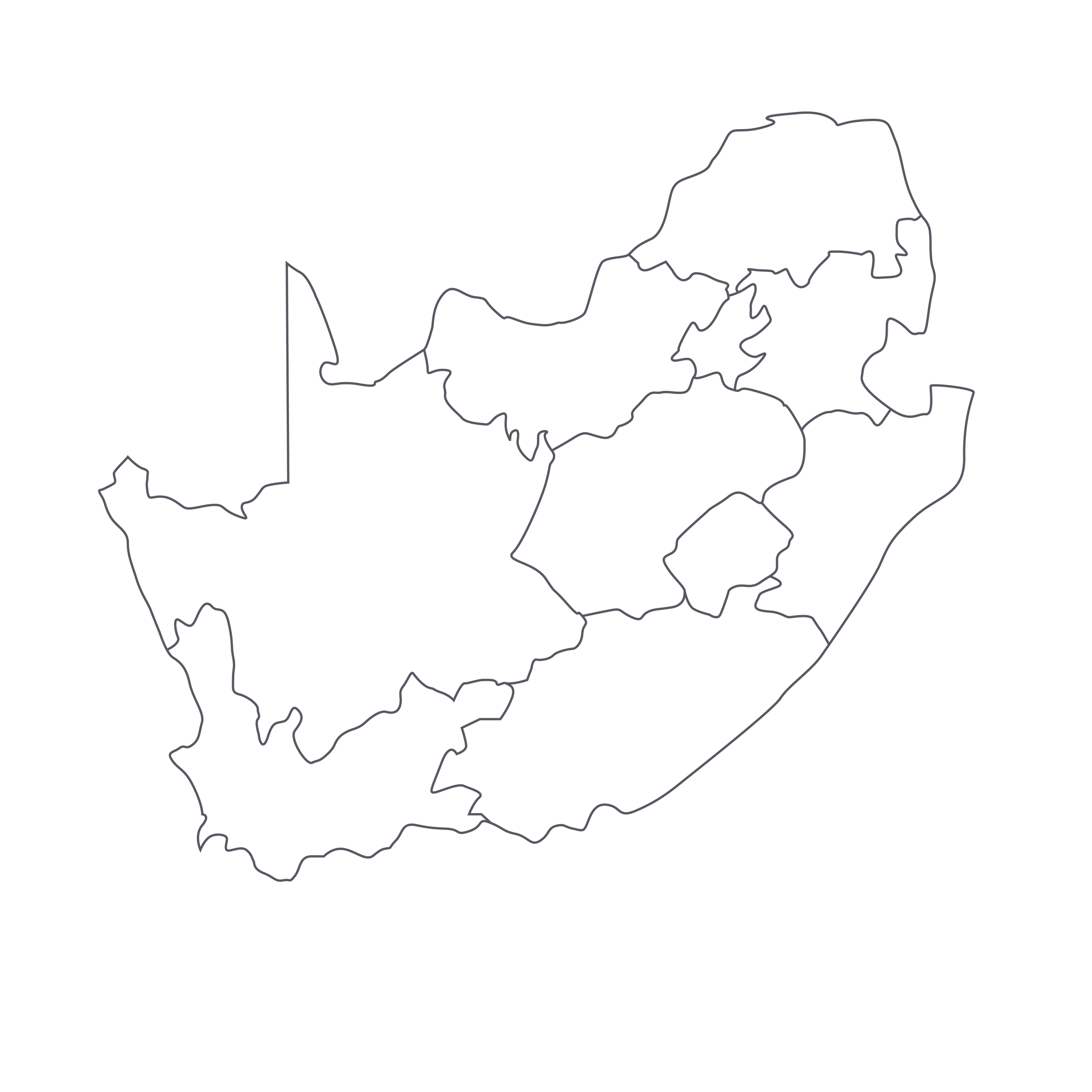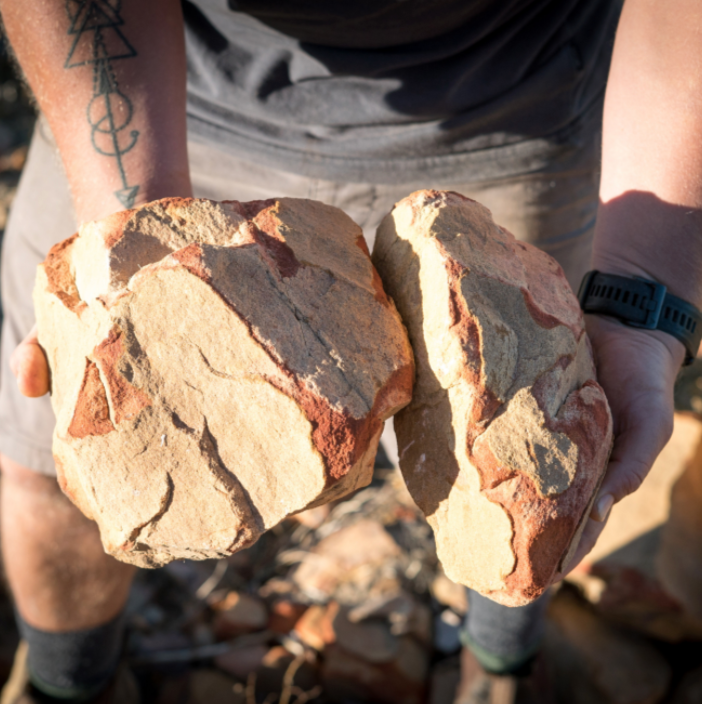Aside from being one of the most riveting stories we’ve ever told in our seven years of business, this also serves as the US debut of Normandie’s singular Cabernet blend, making you the very first to taste today’s legendary wine in the making. This is the tale of how one 336-year-old decree provoked a Huguenot migration to the Cape Peninsula and the formation of 29 farms, which then directly influenced South Africa’s rich, diverse, and thrilling landscape of wine over the course of four centuries.
Normandie (est. 1693) is one of those original farms, and today, they bottle a stunning, Cabernet-led Bordeaux blend that has been kept well-hidden from the mainstream—but not all. Head Sommeliers throughout London, Southeast Asia, and South Africa have called it (1) a “rare gem with a fanatical attention to detail,” (2) “the best Bordeaux blend to come out of the New World in many years,” and (3) “a cult wine in the making.” Our own discovery was pure happenstance, but tasting today’s luxurious and evocative 2015 “Eisen & Viljoen” confirmed all existing hype on the airwaves. Please, do yourself the favor of experiencing this wine, both for its historical significance and the sheer, fathoms-deep pleasure it provides. Despite us being the first to offer this wine on American soils, very limited quantities exist—no more than six bottles per person. Now, without further ado, let’s dive into this remarkable saga...
The year is 1685 and King Louis XIV has just issued the Edict of Fontainebleau, an oppressive mandate which forbade the practice of Protestantism throughout France. Hundreds of thousands of these so-called Huguenots were affected and, in a bold commitment to their faith, an exodus of 200,000+ began. While the overwhelming majority fled to European safeholds like Britain, Germany, and the Netherlands, a tiny community of 176 looked far south, to the Cape of Good Hope, and made the 7,000-mile journey by ship. At the time, this was a colony run by the mega-wealthy Dutch East India Company, which shared the same religious views. In an effort to assist these “dissidents” upon arrival—and bolster their trade of agricultural goods and wine—the company established 29 farms to be occupied by the Huguenots free of charge. Nine were located in a wild, overgrown, verdant valley (hoek) that was home to roaming elephants (olifants). Although known under the Afrikaans name Olifantshoek at the time, it was subsequently renamed Franschhoek due to this burgeoning French presence.
As you’ve probably deduced, Normandie is one of those original Huguenot farms, and has remained a privately held estate for its 300+ years of existence. With a goal to preserve its rich history while making world-class wine, Afrikaner Mark Eisen purchased the property in 2007 and hired local winemaking superstar Johan Viljoen. Johan’s ancestry can be traced back to Frenchman Francois Villion, one of the first Huguenots to ever step foot in the Western Cape (the surname variant is a direct result of their assimilation into the established Dutch culture).
For today’s “Eisen & Viljoen” Bordeaux-style blend, the team utilized their Cabernet Sauvignon, Merlot, and Petit Verdot vines nestled under the watchful eye of Franschhoek’s craggy peaks. Farming and harvesting—in a 2015 vintage that some South African’s have declared the best in four decades—was carried out by hand, and the grapes were entirely de-stemmed in the cellar before a short cold soak. Following that, a fermentation initiated by spontaneous yeasts was carried out during a thrice-daily punch-down of the cap via a custom tool made from French oak. Upon completion, the resulting wine remained on its skins a touch longer before seeing 20 months of maturation in the finest French barrels, 50% new. The wine was bottled and then allowed to rest for 24 months in their cellar before release. In total, nearly four years passed before this wine saw the light of day.
Despite having opened hundreds of wax-topped bottles in my career, I can confidently say that this was among the most grueling and time-consuming of the bunch. This wax is high-quality and multi-layered so a sharp blade and steady hand are paramount—please be careful! Enter the knife at an angle at the top of the wax and slowly cut down to the glass rim, and then around. After some time, the cork will be revealed and you can go about opening as normal. I promise you the hard work makes this already exceptional red all the more rewarding!
Following a one-hour decant, pour this into large Bordeaux stems at 60 degrees and prepare yourself for an intoxicating melding of perfumed black and red raspberry liqueurs, redcurrant, dusty cherry, vanilla bean, menthol, crushed earth, pencil lead, tobacco leaf, cigar box, candied violets, and hints of blue fruit. The palate is full-bodied, robust, and remarkably fresh, with impeccable precision and lift to each layer. At nearly seven years old, this is beginning to develop nuanced, savory complexities à la luxury Bordeaux that further enhance the intense berry-fruit concentration at play. It’s such a sophisticated red that will easily dust and/or go toe-to-toe with the all-time great cult labels sprinkled throughout the “New World.” Enjoy now and over the next 10-15 years. Here’s to a new, game-changing discovery—cheers!





